Mission type Orbiter COSPAR ID 1988-059A Rocket Proton | Operator IKI SATCAT no. 19287 Launch date 12 July 1988 | |
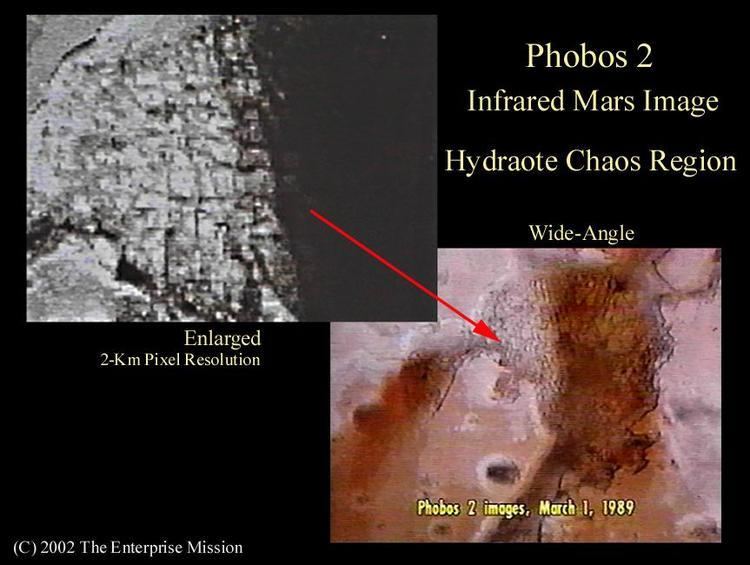 | ||
Launch mass 2600 kg (6220 kg with orbital insertion hardware attached) Similar Mars 96, Zond 2, Deep Space 2, Mariner 9, Northern Light | ||
Phobos 2 was a Russian space probe designed to explore Mars's moons Phobos and Deimos. It was launched on July 12, 1988, and entered orbit on January 29, 1989.
Contents
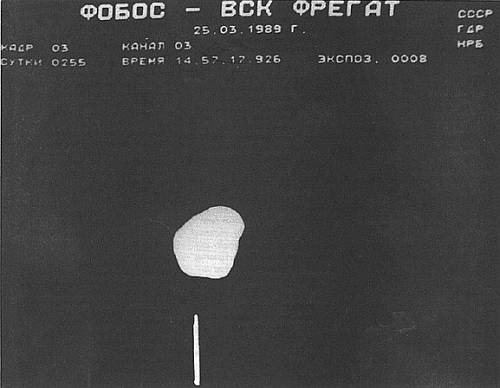
Phobos 2 operated nominally throughout its cruise and Mars orbital insertion phases on January 29, 1989, gathering data on the Sun, interplanetary medium, Mars, and Phobos. Phobos 2 investigated Mars surface and atmosphere and returned 37 images of Phobos with a resolution of up to 40 meters.
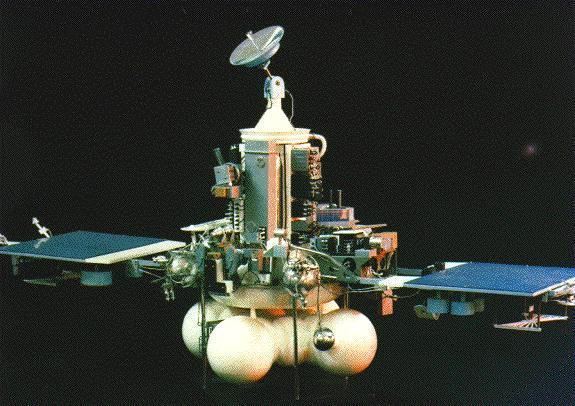
Shortly before the final phase of the mission, during which the spacecraft was to approach within 50 m of Phobos' surface and release two landers, one a mobile "hopper", the other a stationary platform, contact with Phobos 2 was lost. The mission ended when the spacecraft signal failed to be successfully reacquired on March 27, 1989. The cause of the failure was determined to be a malfunction of the on-board computer.
Phobos 2 soviet probe photographs ufo
Instruments
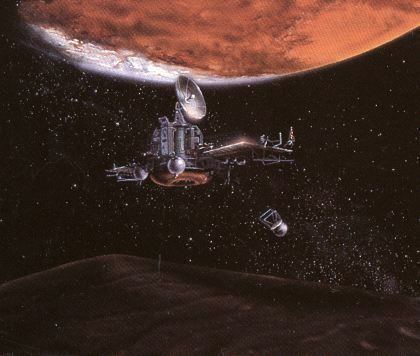
The Phobos 2 infrared spectrometer (ISM) obtained 45000 spectra in the near infrared (from 0.75 to 3.2 µm) in the equatorial areas of Mars, with a spatial resolution ranging from 7 to 25 km, and 400 spectra of Phobos at 700 m resolution. These observations made it possible to retrieve the first mineralogical maps of the planet and its satellite, and to study the atmosphere of Mars. ISM was developed at IAS and DESPA (Paris Observatory) with support from CNES.
List of instruments:
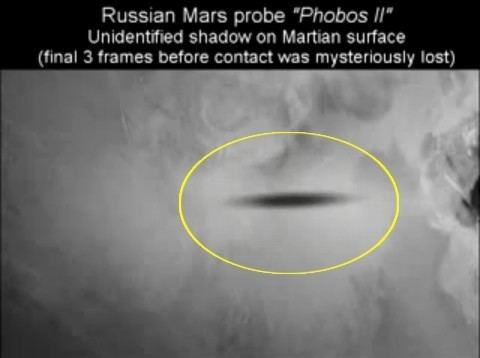
Legacy
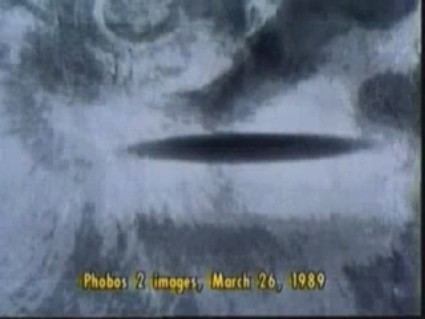
The Phobos design was used again for the long delayed Mars 96 mission which ended in failure when the launch vehicle's fourth stage misfired. In addition, the Fobos-Grunt mission, also designed to explore Phobos, ended in failure in 2011. Thus far, there has not been a truly successful probe to Phobos.
